The man whose invention changed the world
Johannes Gutenberg is known for his invention, which is considered one of the most important in the history of humankind. He is the first person who made the printing press practical and accessible. His method of using movable metal type continued almost unchanged for five centuries.

He was born in Mainz, Germany, in the late 14th century. His father related to the upper classes and held a high position in the mint, where he stamped designs on gold coins. This fact probably influenced small Gutenberg. He moved to Strasbourg when his father died and started working as a metal maker and gem cutter.
Gutenberg used sand moulds to cast his typeface and adapted presses used in winemaking, papermaking, and bookbinding to create a printing press as well as oil-based printing ink. He worked on his invention secretly and most likely did not know that a similar printing press was invented in China in 1040 before him. Chinese printers used movable type, where individual characters were made of clay that could be chained together to form words and sentences. However, Johannes Gutenberg opened up movable printing to the Western world, which changed the order of things.
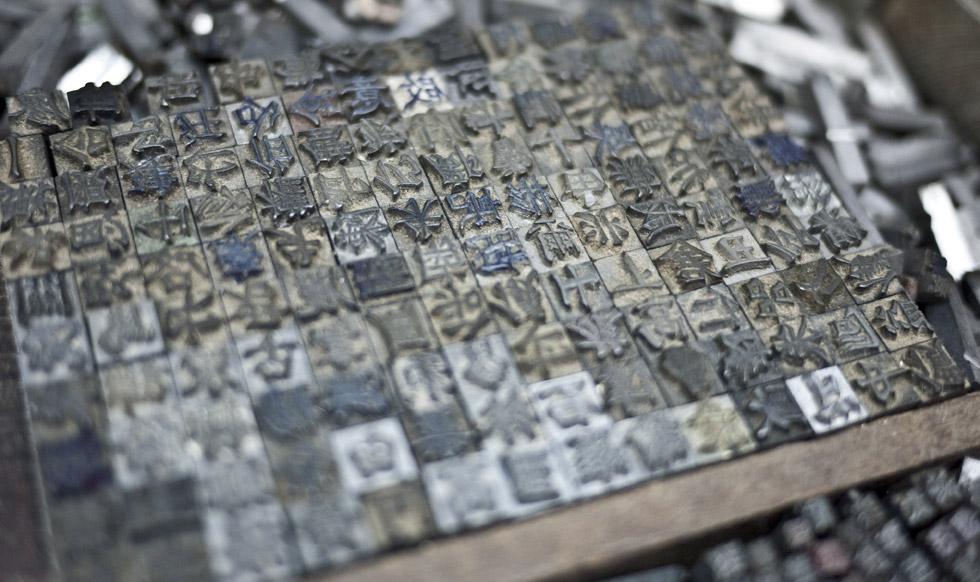
Chinese clay printing method 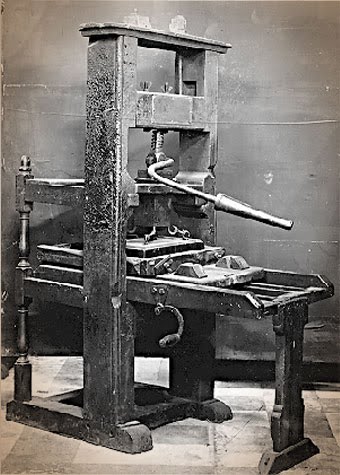
Movable Type Press
His printing press played a crucial role in the advancement of the Renaissance, the Protestant Reformation, and the Age of Enlightenment. All because his press allowed him to print up to 1000 pages a day, while the old methods only 40 pages provided that, for example, wooden letters very quickly fell into disrepair. This incredible breakthrough allowed a considerable number of people to have books that previously only rich people could afford because of their huge price. Very soon, hundreds and thousands of printed books spread across Europe, which significantly increased the literacy of the population.
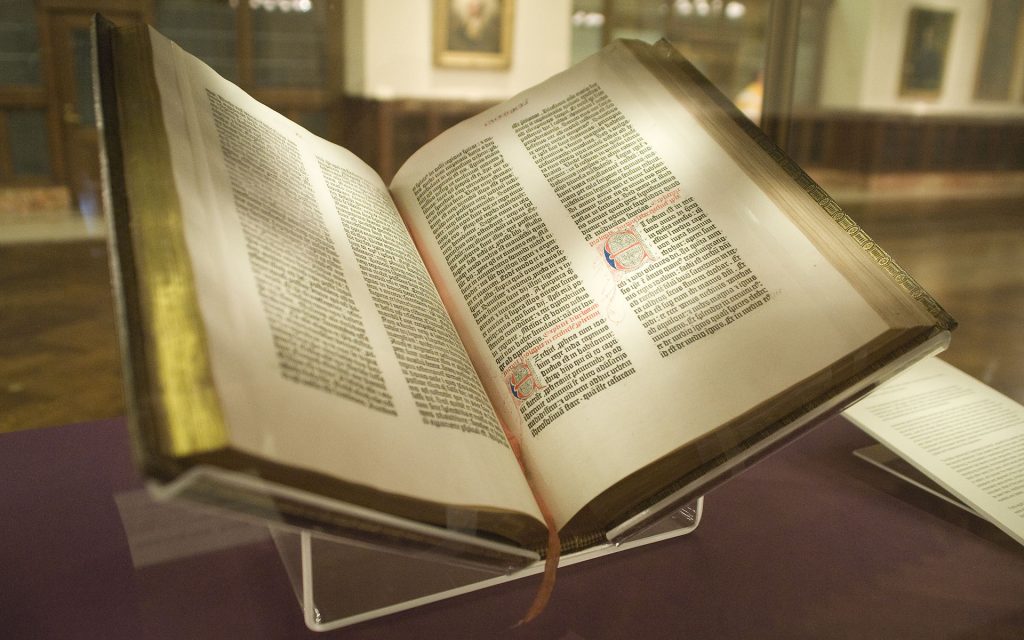
It is also not surprising that one of his most significant works was the Bible, which was first printed in 1455. It is also called the 42-line Bible because most of it is published so that there are 42 lines in two columns.
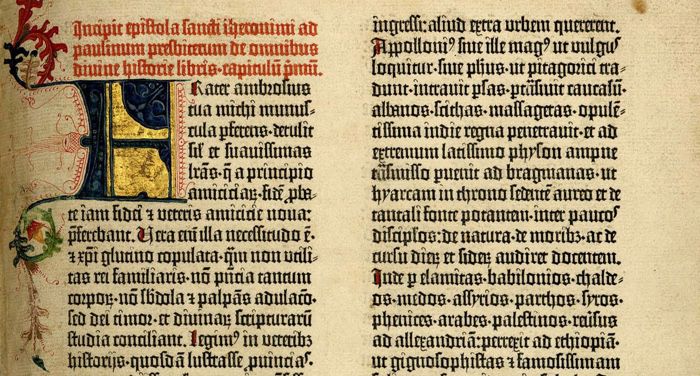
In addition, the original cost 30 florins, which was not so cheap but still much more affordable than the handwritten version. In our time, such a book will cost $30 million. Approximately 21 copies of the Bibles have been preserved, but mostly in libraries and research centers.
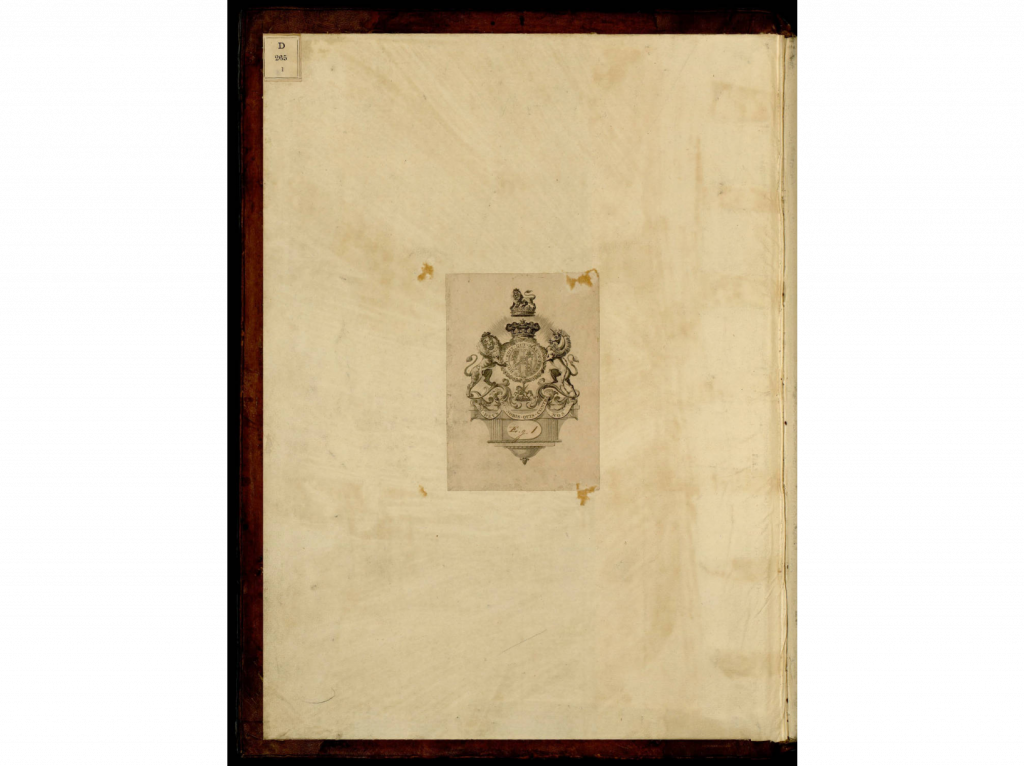
Gutenberg Bible, one of the first pages 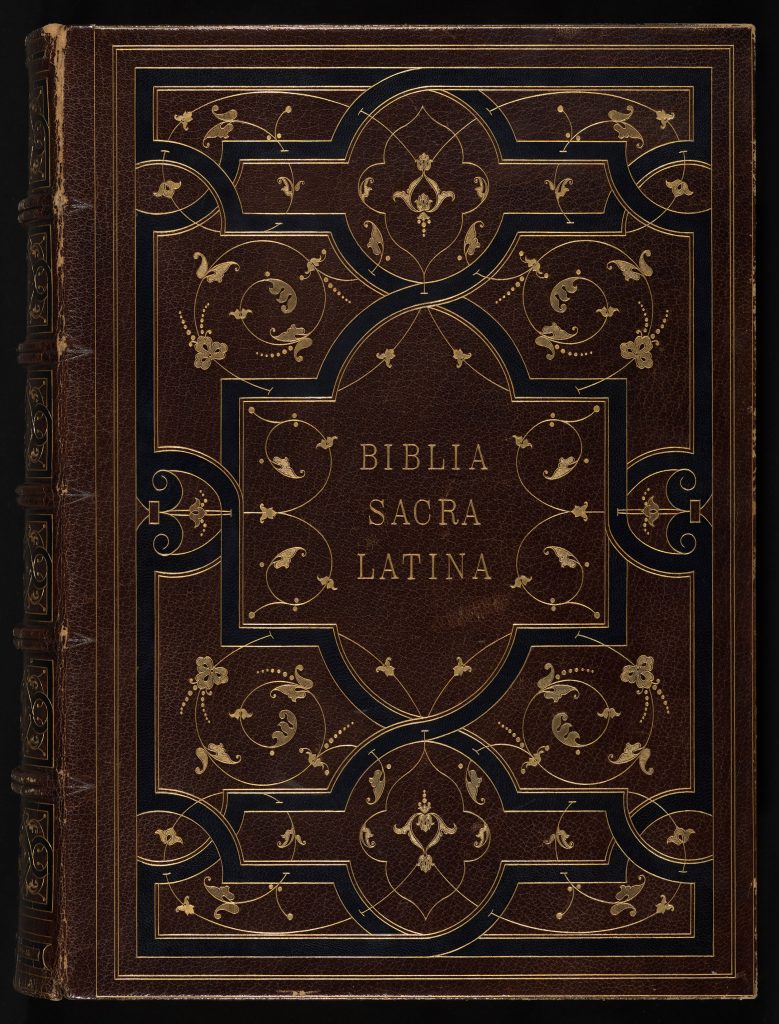
Gutenberg Bible, cover
References:
“JOHANNES GUTENBERG (b. 1395?–d. 1468).” People You Should Know, edited by Nicholas Faulkner, et al., Britannica Digital Learning, 1st edition, 2017. Credo Reference, https://ezproxy.capilanou.ca/login?url=https://search.credoreference.com/content/entry/ebpeople/johannes_gutenberg_b_1395_d_1468/0?institutionId=6884. Accessed 26 Oct. 2021.
https://en.wikipedia.org/wiki/Johannes_Gutenberg#cite_note-FOOTNOTEEisenstein1980-4
https://www.thoughtco.com/johannes-gutenberg-and-the-printing-press-1991865
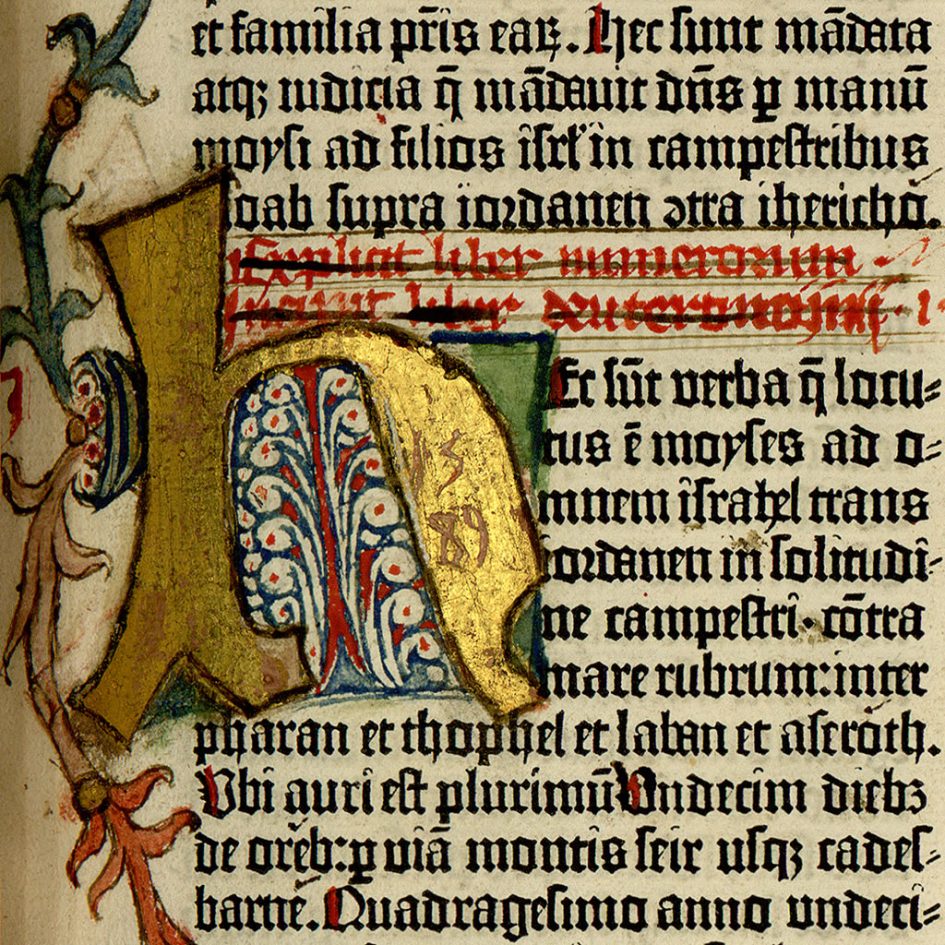
Leave a Reply